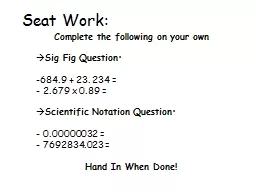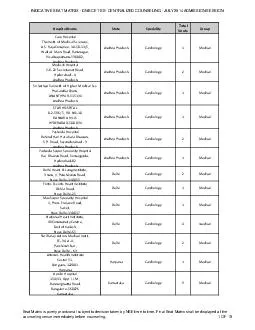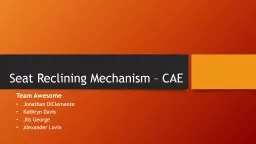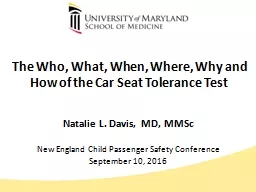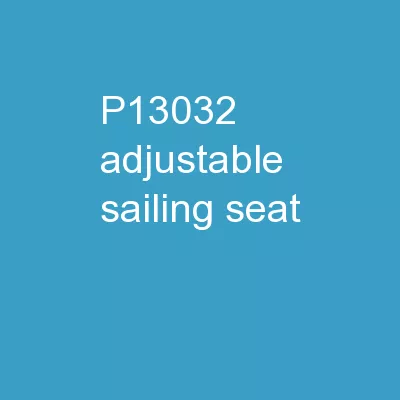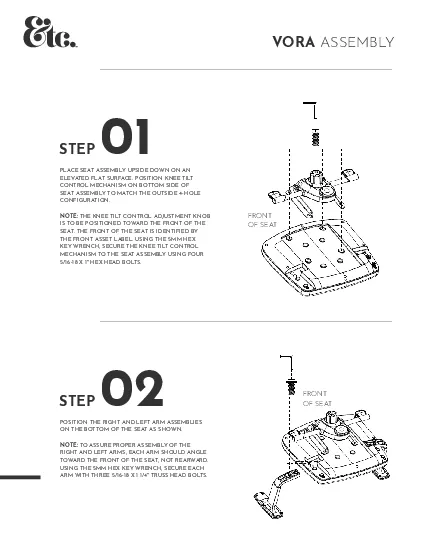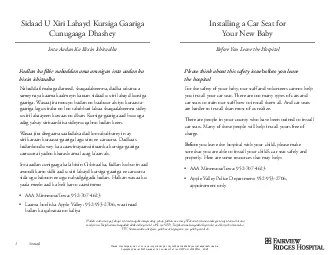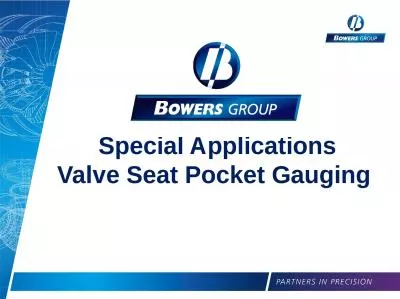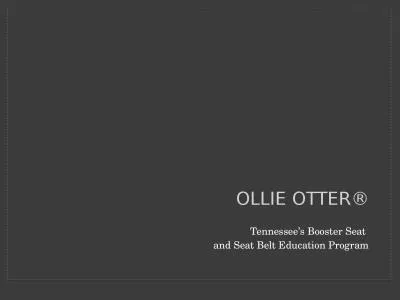PPT-Seat Work:
Author : pasty-toler | Published Date : 2017-05-29
Complete the following on your own Sig Fig Question 6849 23 234 2679 x 089 Scientific Notation Question 000000032 7692834023 Hand In When Done Solar Cells composed
Presentation Embed Code
Download Presentation
Download Presentation The PPT/PDF document "Seat Work:" is the property of its rightful owner. Permission is granted to download and print the materials on this website for personal, non-commercial use only, and to display it on your personal computer provided you do not modify the materials and that you retain all copyright notices contained in the materials. By downloading content from our website, you accept the terms of this agreement.
Seat Work:: Transcript
Download Rules Of Document
"Seat Work:"The content belongs to its owner. You may download and print it for personal use, without modification, and keep all copyright notices. By downloading, you agree to these terms.
Related Documents

